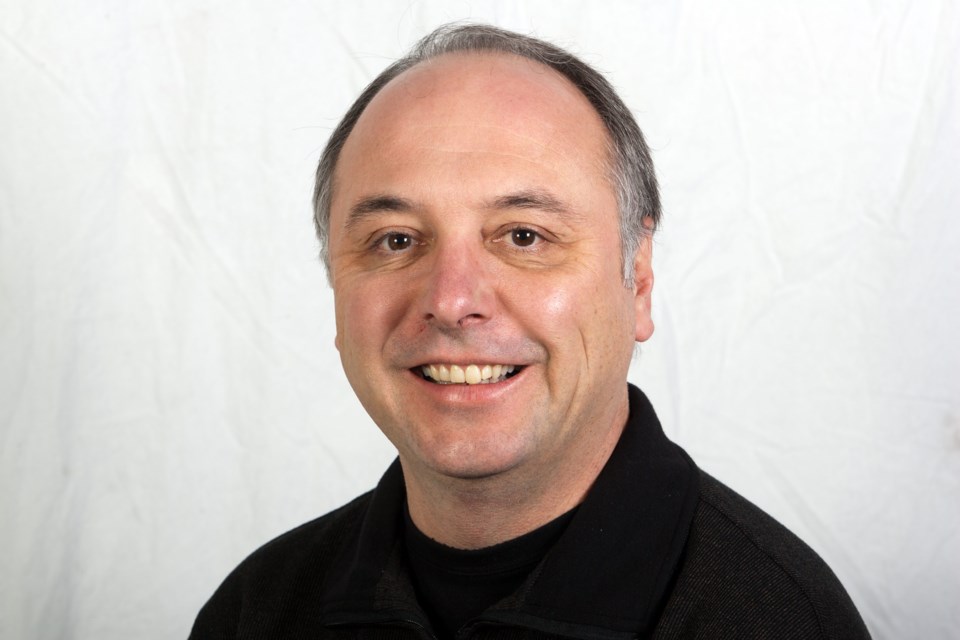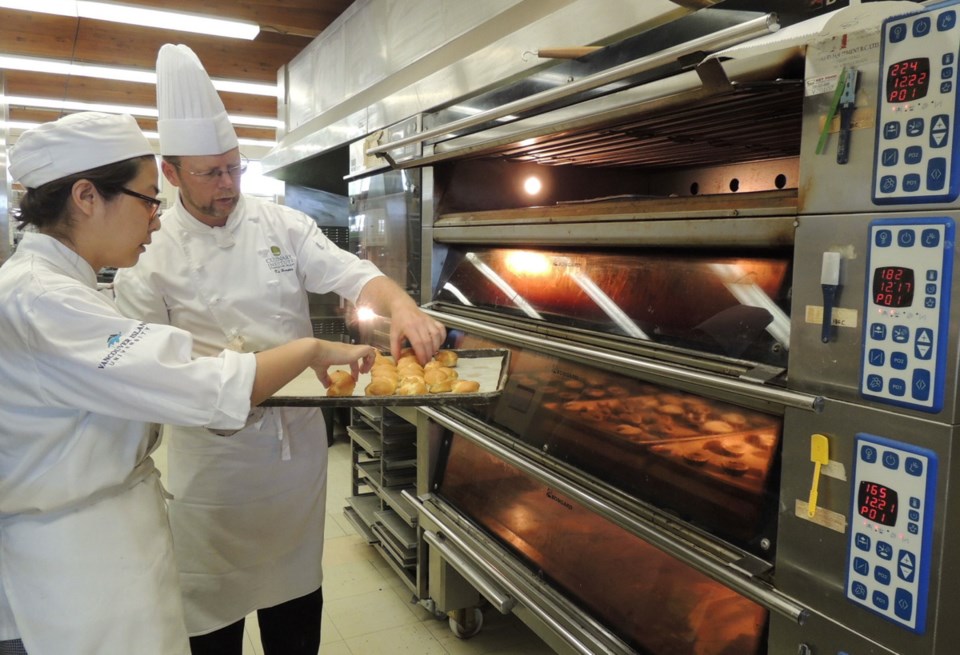 I recently visited a cooking school perfectly located to inspire students to reach gastronomic heights. To the south of it is a valley with vineyards and small farms growing everything from lavender to artichokes, and asparagus to heritage apples. To the north are more farms, cheesemakers and sources of spectacular seafood. In nearby woods, you can forage for wild mushrooms, and on the school grounds, harvest herbs from a culinary garden.
I recently visited a cooking school perfectly located to inspire students to reach gastronomic heights. To the south of it is a valley with vineyards and small farms growing everything from lavender to artichokes, and asparagus to heritage apples. To the north are more farms, cheesemakers and sources of spectacular seafood. In nearby woods, you can forage for wild mushrooms, and on the school grounds, harvest herbs from a culinary garden.
If you thought I was speaking about a school in the south of France, you would be mistaken. I’m talking about the Culinary Institute of Vancouver Island, which is in Nanaimo and is part of Vancouver Island University.
“I would say 40 per cent of our students are just out of high school, another 30 per cent or so are in a gap year or have decided to try another (post secondary) subject. The rest are mature students returning to learning,” Martin Barnett said.
Barnett is the chair and an instructor for the Culinary Institute’s Professional Baking and Pastry Department. This part of the institute, of course, offers professional baking and pastry training, including a 10-month, entry-level certificate program with a tasty-sounding curriculum.
During the program, students learn how to make and decorate cakes, knead all sorts of bread, twist croissants, make fancy pastries, do chocolate and sugar work, roll cookies, fill pies and much more.
While the students get a solid foundation in making those things, they’ll also learn about bakery management and how to use state-of-the-art baking equipment.
For example, while taking a tour of the teaching kitchen, Barnett showed me a blast-freezer that students use to quickly set such things as multi-layered mousses. He also showed me the school’s Bongard deck oven.
“It’s very French, bakes very hot, and is very much what an artisan bakery will have,” he said.
That’s a good thing, because some students who complete the program will soon be working in one of those artisan bakeries. They may also go work in other establishments always in need of good bakers and patissiers, such as supermarkets with in-store bakeries, restaurants and hotels.
“We have a lots of contacts in the industry. Our graduates are working locally, and all over the world,” Barnett said.
Once a student gets employment, and the employer agrees, they could sign on to become a baker’s apprentice and work toward becoming a certified journeyperson. Doing so would, beyond on-the-job training, require them to return to school for two, four-week sessions to re§ne their skills even more.
If you’re looking for more complete culinary training, another department of the institute offers certificate (one-year) and diploma (two-year) programs in culinary training and management skills.
“Students come to the program with different sets of skills. Some know very little, some are more advanced,” said Debbie Shore, chair of culinary programs.
But at the end of the day, she said, the school’s goal is pretty simple.
“To create humble, talented cooks,” said Shore.
To get to that point, students begin by learning basic cooking skills in an impressive cooking lab fitted with ultra-modern equipment. In that lab, students learn such things as how to hold and properly use a knife, work a commercial stove and make basic sauces.
After the confidence-building basic training, students move on to the production kitchen, where they rotate between five stations and learn how to make dishes in a wide range of categories, such as breakfast, vegetables, starches, cold preparations, proteins and pastry.
The results are served in the university’s cafeteria, and it looked pretty good to me. But it looked even better in the Discovery Room, the university’s open-to-the-public, §ne dining restaurant, where students, under the watchful eye of their instructors, produce and plate the food for lunch and dinner guests.
On the day I visited, the lunch menu featured an appetizer of pan-seared pheasant with champagne gastrique, a main course of cold smoked pan-roasted salmon and scallops with lemon beurre blanc and for dessert, a passion fruit terrine. It was fantastic.
Students also have the option to sign up for food-rich trips. For example, this year, students in the culinary program took a trip to Italy to experience the food, wine and culture of Florence and Tuscany. Students in the baking and pastry program jetted off to Belize where, among other things, they visited a cacao farm, cinnamon grove and vanilla plantation.
Ken Harper was one of the baking/pastry instructors that accompanied the students on that trip and he described it as a once-in-a-lifetime experience for them.
“Belize is such a microcosm for things we use [in baking] all the time, but don’t come from here. Spices, chocolate, coffee, sugar cane, tropical fruits, like banana and mango, they saw it all,” Harper said.
To learn more about the programs being offered at the Culinary Institute of Vancouver Island, such as entry requirements, tuition and course outlines, go to viu.ca/baking for the baking and pastry programs, and go to viu.ca/culinary for the culinary programs.
Eric Akis is the author of The Great Rotisserie Chicken Cookbook (Appetite by Random House). His columns appear in the Life section Wednesday and Sunday.



